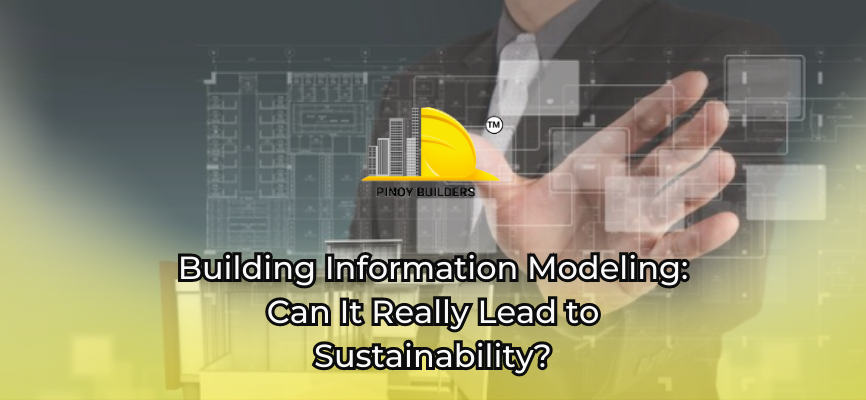Sustainability has been a crucial topic in the construction industry. While it is no secret that it is one of the largest generators of pollution, the construction industry has been seeking ways to shift its practices toward sustainability. One such way is through Building Information Modeling (BIM).
Building Information Modeling is a digital tool that helps construction professionals in creating 3d models of buildings and components. With BIM, all aspects of a building project can be modeled and simulated digitally before construction, thus allowing for more accurate and efficient resource management. This powerful tool can streamline construction projects and promote sustainable building practices.
In this article, we shall go over how BIM can lead to sustainability, examples of BIM, and the challenges of its uses.
How Building Information Modeling Can Lead to Sustainability
More Efficient Planning and Design
BIM helps architects, engineers, and builders to model and simulate various design options and assess material requirements, energy efficiency, environmental impact, and life cycle costs.
With BIM, it’s easier to optimize building design and systems, reduce material waste, and improve energy performance. It can also facilitate or test the incorporation of sustainable materials and technologies in the building design.
Accurate Construction and Operations
BIM can improve the accuracy and quality of construction and operations. It helps construction professionals visualize and coordinate complex building systems, which can reduce construction errors, and rework. This leads to reduced waste and improved construction efficiency.
It also helps in streamlining operations and maintenance, resulting in better building performance and reduced energy consumption.
Collaboration and Communication
BIM can facilitate real-time sharing and updating of project data, which can facilitate collaboration and communication among all stakeholders in the project. This can help prevent errors and delays, leading to better decision-making and more sustainable outcomes.
It can also help ensure that all stakeholders are on the same page when it comes to sustainability goals and requirements, leading to better overall sustainability outcomes.
Potential Challenges Facing BIM Implementation in the Philippines
Despite having overwhelming benefits in sustainability and business, many construction firms in the country are still reluctant to implement BIMs in their practices. According to the 2019 research of O. Bagical, et al titled Adoption of Building Information Modeling (BIM) in the Philippines’ AEC Industry: Prospects, Issues, and Challenges, there are 7 factors cited by the study respondents that companies do not adopt BIMs in the Philippine Construction Industry. This includes:
• High cost of BIM software
• Current software is enough to sustain business
• Majority of the consultants do not use BIM
• Lack of awareness of the software
• Long learning curve for employees
• Already using CAD
• Unsuitable for projects a company does
In addition to this, a principal architect in an architectural firm in the country, who was interviewed by the study proponents, stated the difficulty to get employees who are “knowledgeable or experts” in BIM as a practical reason for not using BIM. He also mentioned that BIM operators in the country demand a high salary and that requisition and training of personnel in BIM usage will increase overhead costs.
On top of that, the lack of BIM training in schools, reluctance to move out from conventional 2D working drawings, and lack of advertisement of the software and its advantages for the industry, etc. are listed as impediments to BIM adoption in the country.
The interest in sustainable practices to reduce the construction industry’s environmental impact is on the rise. Building Information Modeling (BIM) has emerged as a digital tool that can help achieve this goal. BIM facilitates efficient planning and design, accurate construction and operations, and collaboration and communication, all of which are crucial for promoting sustainability. Despite the setbacks in its adoption, its benefits remain crucial for our future.
References:
- Bagcal, O., Rodriguez, L. V., Baccay, M. A., & Barbier, B. (2019, July 17). Adoption of Building Information Modeling (BIM) in the Philippines’ AEC Industry: Prospects, Issues, and. . . ResearchGate. https://www.researchgate.net/publication/334520134_Adoption_of_Building_Information_Modeling_BIM_in_the_Philippines’_AEC_Industry_Prospects_Issues_and_Challenges/link/5d5d68204585152102576942/download
- Top 10 Benefits of BIM in Construction. (n.d.). Top 10 Benefits of BIM in Construction. https://bim360resources.autodesk.com/connect-construct/top-10-benefits-of-bim-in-construction



